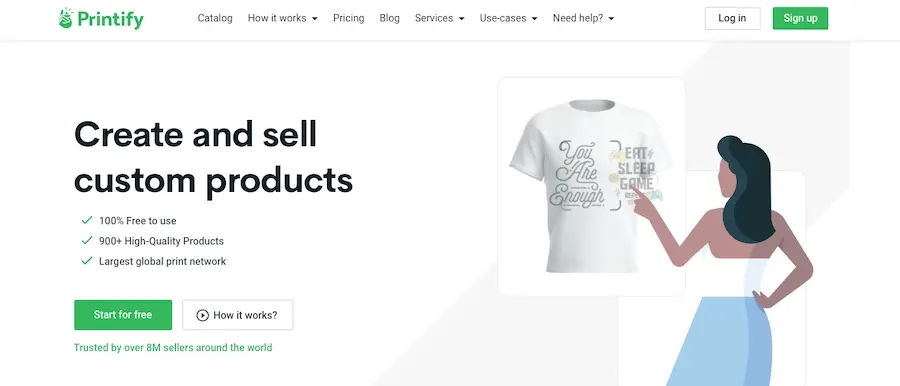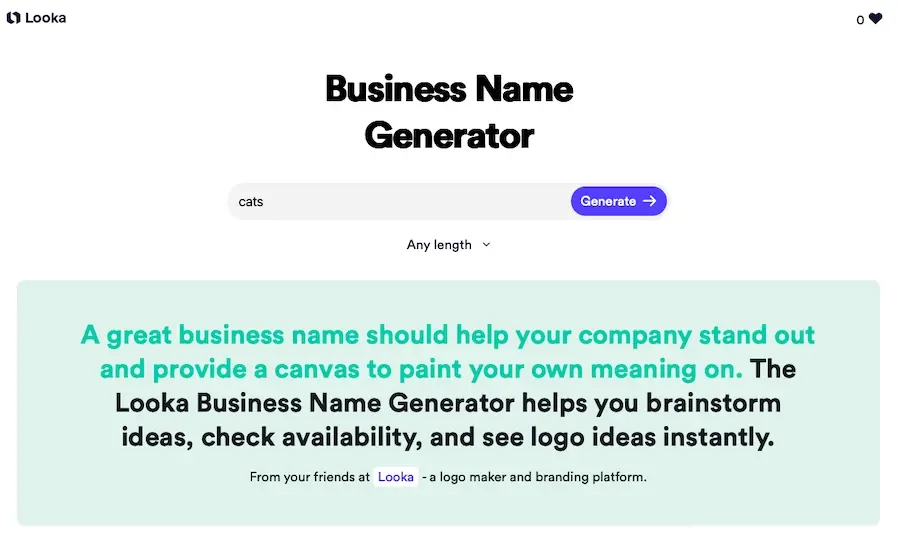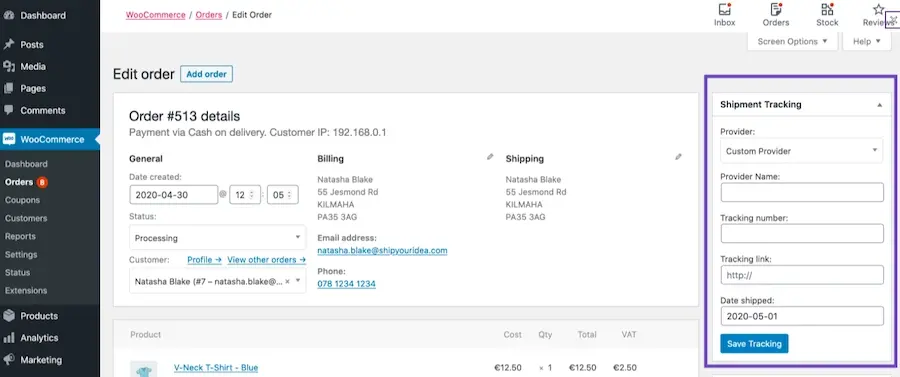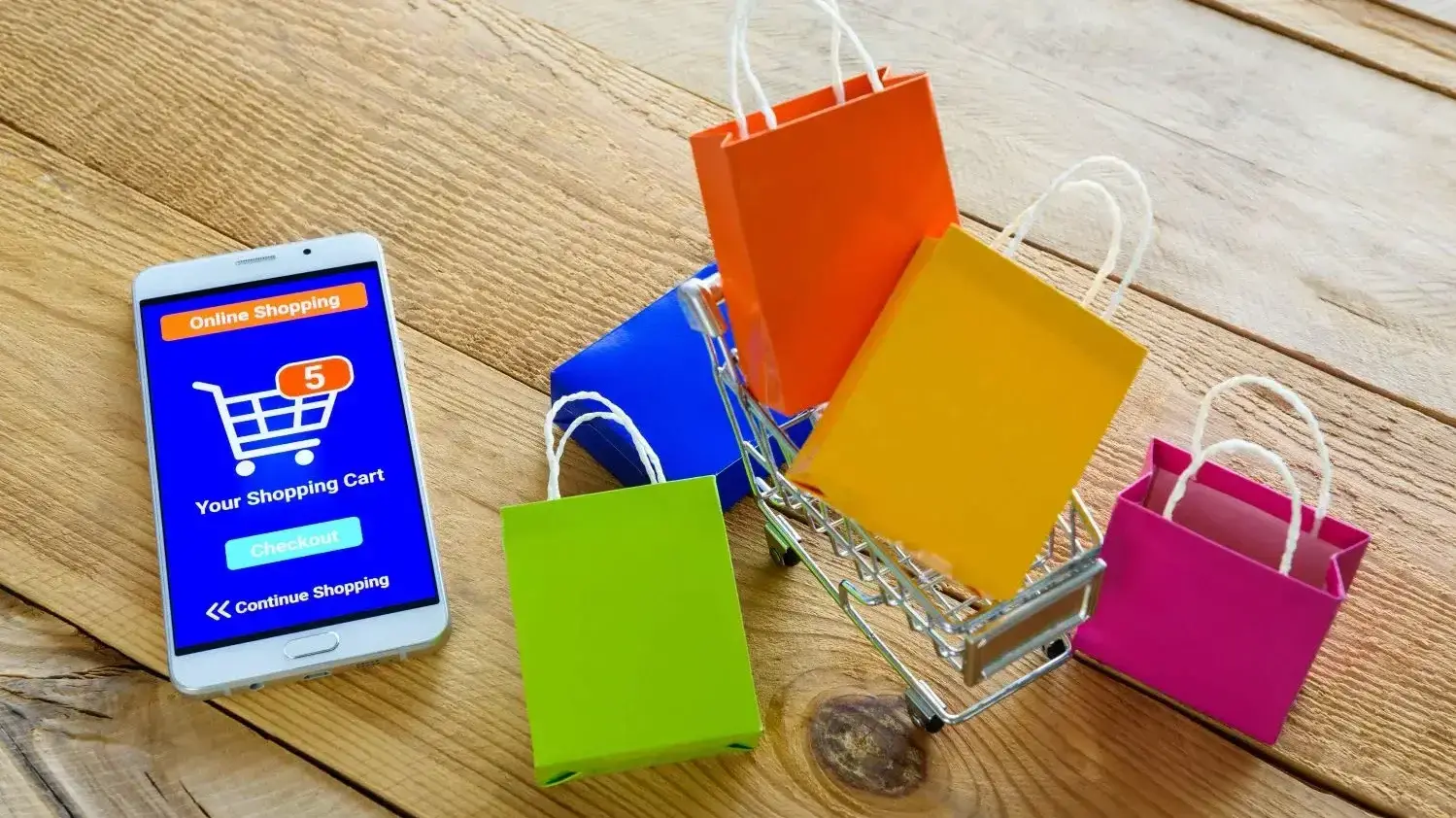Starting an online apparel business can be an exciting venture for new entrepreneurs. It's a way to merge a passion for fashion with the vast potential of the eCommerce space. And with the right approach, you can turn this into a lucrative way to make money online.
Today, we'll walk you through the steps to launch your online apparel business, from figuring out what to sell to highlighting the significance of having a solid online presence.
There’s a lot to cover, so let’s begin.
Step 1: Find Your Apparel Niche

Your niche should not only reflect a market gap but should be something you're genuinely passionate about. Customers in niche markets are typically well-informed and can detect inauthenticity. That’s why your genuine interest in the niche can be your biggest asset. Start by listing your interests and skills, and see where they intersect with potential market needs.
Whether you wish to specialize in vintage apparel, shoes and accessories, or plus size clothing, finding the right niche and sticking to it can help you out a ton.
Step 2: Understand Your Target Market
Once your niche is defined, knowing your target market down to the minutiae becomes a must-know. This involves creating detailed customer profiles and understanding their preferences, shopping habits, and pain points.
Engage directly with your target audience through social media or face-to-face to validate your product ideas and brand concept. Remember, this step is about aligning your product and brand vision with the specific needs and values of your target customers.
Step 3: Source Products
When sourcing products, thorough market research is indispensable. Understanding customer demand, target demographics, and the durability of your product will guide you in making informed decisions. This research is foundational, helping you to align product offerings closely with your target market's needs and your intended pricing strategy.
A multi-faceted approach to sourcing involves exploring various channels, including local manufacturers, dropshipping platforms, and wholesalers.

Local manufacturing can offer numerous benefits, including shorter supply chains and potentially higher quality control, though it may come with higher costs.
Platforms such as Modalyst, Spocket, Printful, and Printify provide a streamlined dropshipping experience, integrating seamlessly with eCommerce platforms like WooCommerce and WordPress and offering a vast selection of products.
Wholesale purchasing, on the other hand, can quickly fill up your catalog but requires you to manage inventory and fulfill orders, posing challenges like larger upfront costs and potential overstock.
Be sure to order samples from potential suppliers to assess product quality and supplier reliability. This hands-on evaluation ensures that the products meet your standards and expectations before committing to a larger order.
Step 4: Set Up Your Online Store
Establishing an online presence through a professional-looking website is non-negotiable. Ecommerce platforms like WooCommerce offer user-friendly interfaces and customizable templates designed specifically for online stores. And often, you can find WordPress themes that cater to fashion and clothing stores, specifically.
These platforms facilitate not just the storefront setup but also integrate payment processing solutions, making the purchasing process seamless for your customers.
You’ll need a reliable hosting plan for your website to live on, however. Verpex Hosting stands out as a great provider, offering a range of plans tailored to the needs of online businesses. Verpex ensures your site's performance is optimized, with top-tier customer support and scalable solutions that grow alongside your business – from shared hosting plans up to VPS plans.
Step 5: Develop Your Brand
Developing a strong brand for your online apparel business and marketing it effectively can aid in your success. Here are a few things you can do to build a strong brand in your chosen niche:
Brand Identity and Storytelling: Your clothing brand's identity, encompassing your values and the story you tell, is what sets you apart from competitors. Begin by defining your brand’s personality, considering whether it embodies qualities like excitement, sincerity, or sophistication. This personality will guide your brand voice, tone, and the overall message you want to convey to your audience.
Naming Your Apparel Brand: Choosing a memorable and meaningful name matters. Consider names that reflect your business's values or point of view and have the potential for future growth. Use tools like the Looka Business Name Generator to explore names with available domains, ensuring your brand name is unique across the web.

Crafting a Slogan: A catchy slogan can significantly enhance brand recall. Your slogan should capture your brand's spirit and values succinctly. Successful slogans, like TikTok’s “Make every second count,” efficiently convey brand identity in just a few words.
Designing a Logo: Your logo is often the first thing people will notice about your brand. Aim for a design that's not only visually appealing but also flexible enough to be recognizable across different mediums. Consider your brand values and voice in the design process to ensure your logo tells your brand's story effectively. Consider hiring a designer for this – the investment will be worth it to get something that stands out.
Step 6: Marketing Your Business
Once you’ve got your website up and running with clothing products for sale, consider how you’ll get the word out to the public.
Here are a few ideas to do just that:
Focus on creating a cohesive digital brand that represents your business accurately across all platforms. This consistency can boost your revenue by 10-20%, according to Marq.
Engage with your audience on social media platforms by showcasing your products, sharing your brand story, and interacting with customers. This helps build a community around your brand and keeps your audience informed and engaged.
Keep your customers updated on new arrivals, sales, and exclusive offers through email marketing. This direct line of communication is invaluable for nurturing customer relationships and encouraging repeat business.
Step 7: Managing Operations
Running an online apparel business involves many operations, including inventory management, order fulfillment, and customer service. Most eCommerce management tools can help you to streamline these processes, ensuring that orders are processed efficiently, inventory levels are maintained, and customers receive prompt, helpful service.
But here’s a quick rundown of what each of these processes entail and how you can practically account for them.
Inventory Management
Efficient inventory management ensures that you maintain optimal stock levels, avoiding both overstock and stockouts, which can lead to lost sales and increased carrying costs. You can use inventory management techniques like just-in-time inventory or ABC analysis to help balance supply and demand effectively. But real-time inventory management software automates and streamlines this process. And it may be irrelevant to you if you opt for a print-on-demand business model.
Order Fulfillment
The order fulfillment process, spanning from order placement to delivery, is vital for customer satisfaction, of course. Optimizing this process involves timely and accurate order processing, efficient picking and packing, and reliable shipping options. Using strategies to reduce order processing times and providing customers with tracking information can significantly enhance the customer experience.

If you use WooCommerce, there are several extensions you can use to provide customers with tracking info like Shipment Tracking.
Customer Relationship Management (CRM)
CRM plays a vital role in building and maintaining customer relationships by managing interactions with current and potential customers. It involves collecting customer data, segmenting customers, and engaging them with personalized communication. Understanding customer behaviors and preferences allows for targeted promotions and improved support, fostering loyalty.
Launching Your Online Apparel Store Successfully
Starting an online apparel business journey requires a solid foundation, from defining your niche to mastering operations management. Your brand's digital presence, powered by a reliable hosting service like Verpex Hosting, becomes the path toward success.
With Verpex, expect a seamless, secure, and scalable website performance, ensuring your clothing shop stands out and performs well.
Ready to launch your apparel business? Start with Verpex Hosting and build your online store on solid ground. Good luck!
Frequently Asked Questions
How Can Small Businesses Benefit from E-Business?
Small businesses can benefit from E-Business through global reach, cost efficiency, and improved customer engagement. Digital platforms provide access to a broader customer base, reduce operational costs, and enable direct communication with customers.
Which businesses can use hosted CRM?
Hosted CRM or Cloud-based CRM can be used by many companies in different industries. Hosted CRM is ideal for businesses of all sizes, from small startups to large corporations, looking for an affordable, scalable, and flexible way to manage customer relationships.
Which platform is right for my business?
Generally, Shopify is good for entrepreneurs looking for a simple, easy-to-use platform. WooCommerce is better for those looking for a fully customizable web store.

Brenda Barron is a freelance writer and editor living in southern California. With over a decade of experience crafting prose for businesses of all sizes, she has a solid understanding of what it takes to capture a reader's attention.
View all posts by Brenda Barron




















